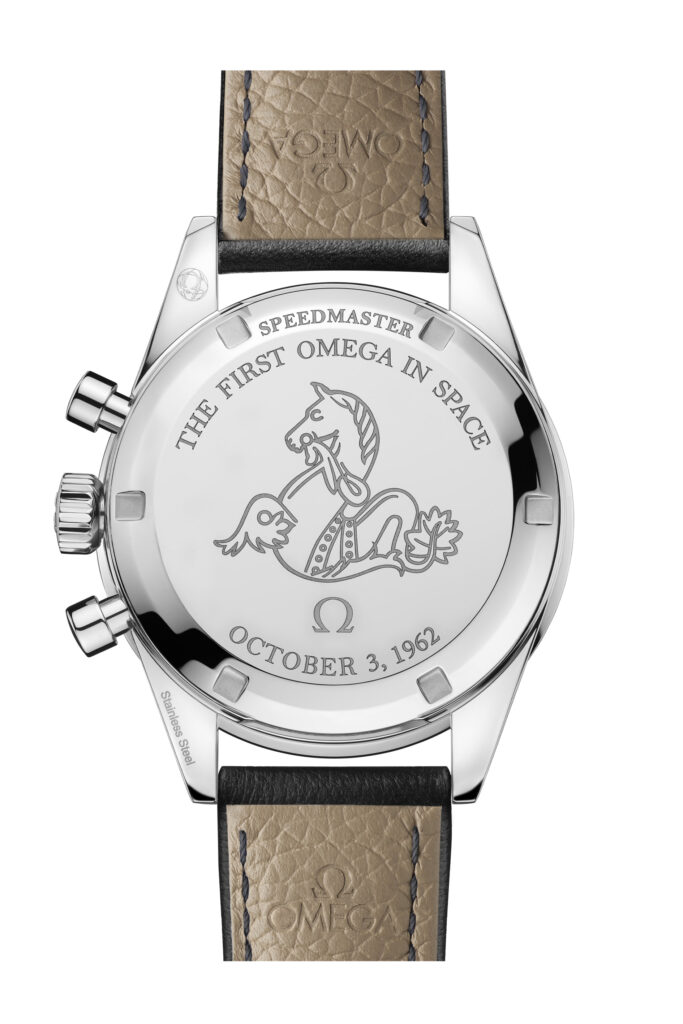Most watch lovers are familiar with the story of the Omega Speedmaster Professional. This iconic watch was selected by NASA as an official tool for its astronauts and, in that capacity, reached the moon, on the wrist of Neil Armstrong and those who followed him. It earned the Speedmaster the nickname 'Moonwatch', the first true Space Watch...
Text: Thomas van Straaten
At the time of writing, 681 people are in space been. You might then think that at most 681 watches have also been in space. And you might think that a large part of those were Speedmasters and the rest a handful of other watches. The reality is quite different. More than 2,000 watches have been in space! How that's possible? Part of it is due to actions by the watch brands themselves. Omega, for example, had a case of thirty-five Speedmasters spend a year on the MIR space station in 1993. The absolute majority, however, is because many astronauts flew multiple missions and wore multiple watches while doing so. It is not rare for an astronaut to wear a Moonwatch óver his suit and at the same time, on both wrists sometimes, wear a watch of his own ónder his suit.
Astronaut Franklin Chan-Diaz alone has worn at least seven different watches in space in this way. For those who want to know the ins and outs: a meticulous database is maintained by enthusiasts led by Robert J. Jackson. By the time this article is published, they might just have added new watches.
What does a watch need to meet to be able to enter space?
The most famous story in this area is, of course, NASA's selection of the Omega Speedmaster. The space agency was looking for a watch for its astronauts and came up with a set of particularly stringent requirements and correspondingly brutal tests.
The watches had to withstand temperatures from -18 to +93 degrees Celsius. They had to survive 240 hours at 60 degrees and 95% humidity. They were tested to ensure they would not ignite by holding them forty-eight hours at 71 degrees in pure oxygen. They had to endure shocks of 40G as well as exposure to over- and underpressure and extreme vibration at different frequencies.
In the end, the Omega Speedmaster emerged as the winner. In 1965, it therefore became the official watch for the missions that were to follow, with the moon as its final destination. This relationship, incidentally, continues to this day.
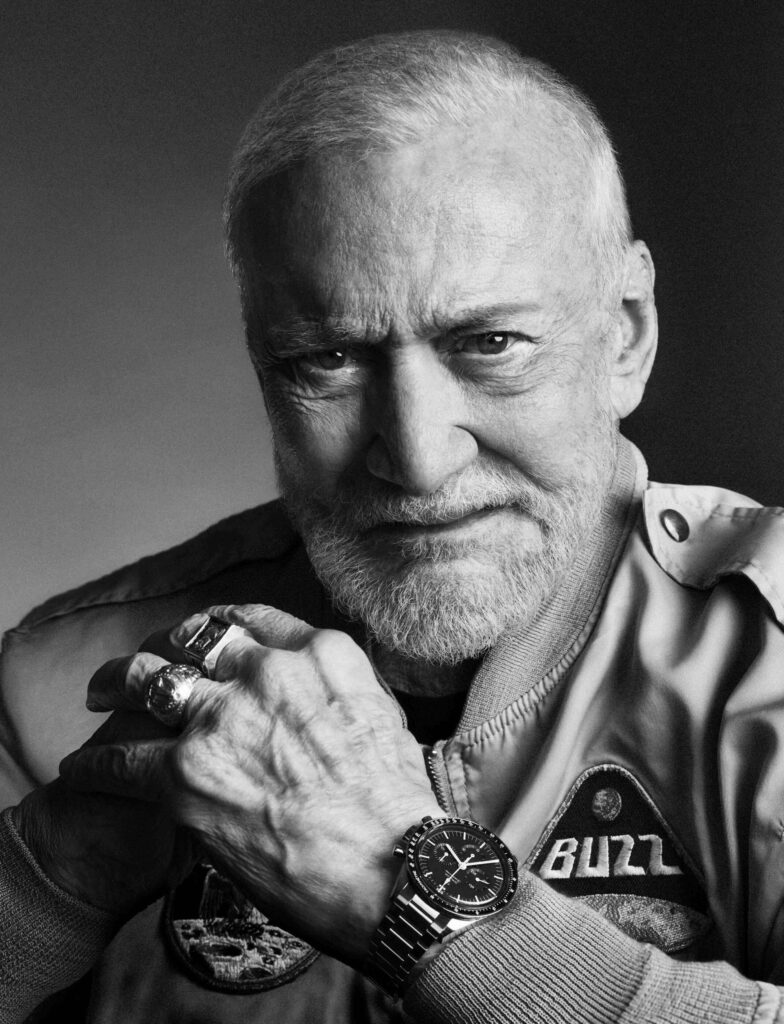
Yet a watch does not have to meet ál these requirements in order to go into space. As mentioned, astronauts regularly wear their personal watches under their suits. These are by no means all hardcore toolwatches. A glance at the database shows Seiko, Sinn, Timex, Casio, Rolex, Tissot, our 'own' R.O. Watch by Roland Oostwegel of course, and even Audemars Piguet. In short, think of a brand and chances are there has been a watch from it in space.
Other famous space-flown watches
In 1971, Dave Scott set foot on the moon. Despite rigorous testing, the glass of his Speedmaster had popped - accidents happen. He therefore wore his own Bulova chronograph, which the brand had also designed specifically for this purpose. A modern version of this watch is sold today as the Bulova Lunar Pilot.
A Rolex GMT Master Ref. 1675 worn by Edgar Mitchell during the Apollo 14 mission was recently auctioned. This watch is speculated to have also been on his wrist on the moon. The GMT Master is a favourite among astronauts anyway, although Daytonas, Datejusts and Submariners have also been in space.
There are several brands that have developed watches for space travel. For instance, the Breitling Aerospace has been in space frequently. Yema's Spationaute has also been used, as well as the Fortis Cosmonaute.
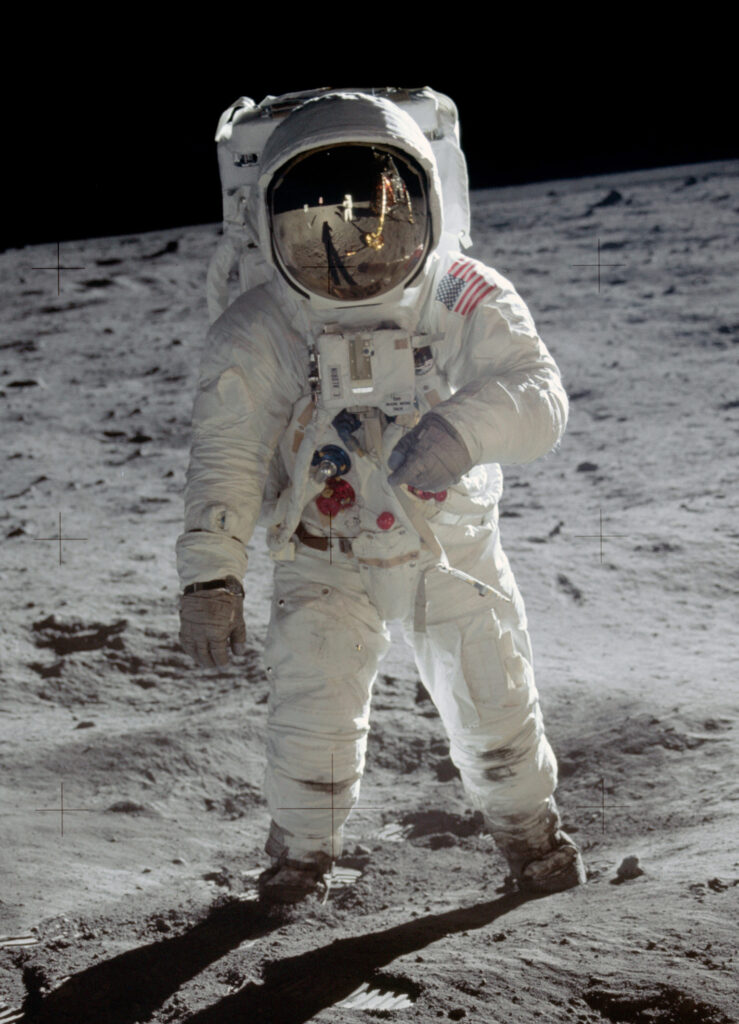 It will become less exclusive
It will become less exclusive
Space travel is surrounded by mysticism and romance. Something totally unattainable for ordinary people and the absolute cutting edge of science and technology. Not surprisingly, watch lovers love space-flown watches. With this in mind, it is perhaps even a little eleventy that it has long ceased to be a handful of special watches.
And given the rapid development and intended democratisation of space travel, that club of 681 chosen few is likely to grow rapidly too. It is therefore questionable how long Jackson's database can be kept up. He himself compares it to aviation. If you had started in the early 20th century to keep track of which watches had all been worn on aircraft, it was still manageable. But by 1925, it had already become totally impossible due to the exponential growth of aviation.
For now, however, a space past is still a particularly valuable source of marketing inspiration for the brands that were and/or are involved. In addition, actual space-flown watches still fetch astronomical sums at auctions. And that romance will continue for some time to come....
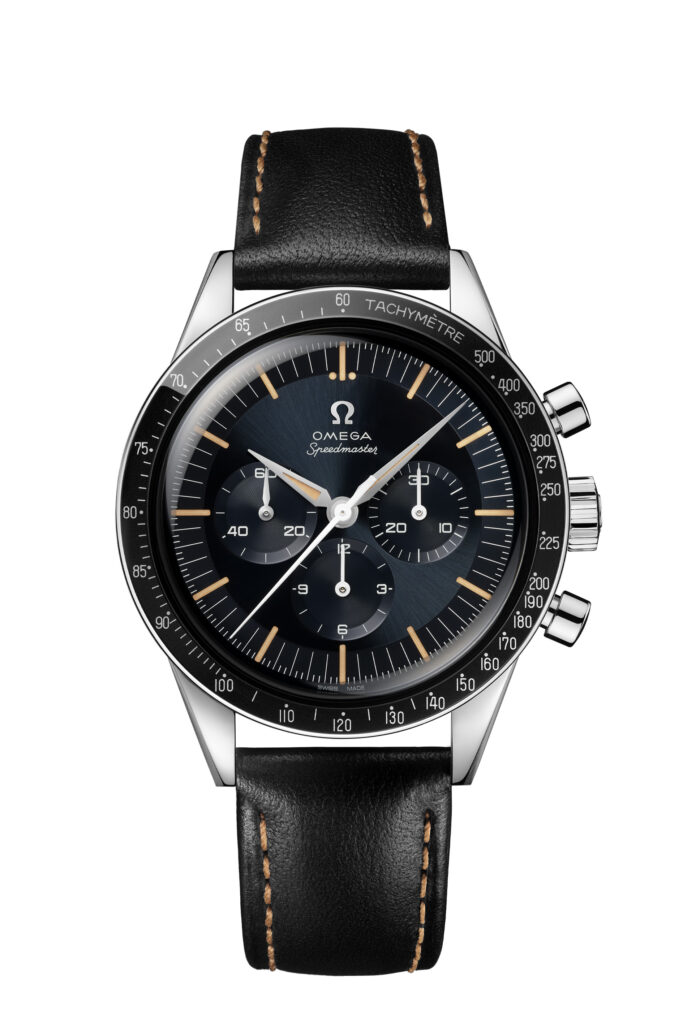
One of Omega's most iconic and sought-after timepieces is back in production - now with a modern Co-Axial Master Chronometer update. Originally designated with the reference number CK 2998, the famous watch was first released in 1959 and represented the second generation of the Speedmaster family. It was distinguished by its slim Alpha hands, symmetrical case and dark bezel, all of which differed from the first Speedmaster model released in 1957. These details clearly caught the attention of NASA astronaut Walter "Wally" Schirra, who bought the model as his own personal watch and wore it during the Sigma 7 mission of the Mercury programme, launched on 3 October 1962. At that time, the CK 2998 was nicknamed 'The First OMEGA in Space' and started the legacy of space exploration for which Omega is still famous today. This year's updated models follow the same style of the 1959 2nd generation, each with a symmetrical 39.70 mm case in polished brushed stainless steel.
